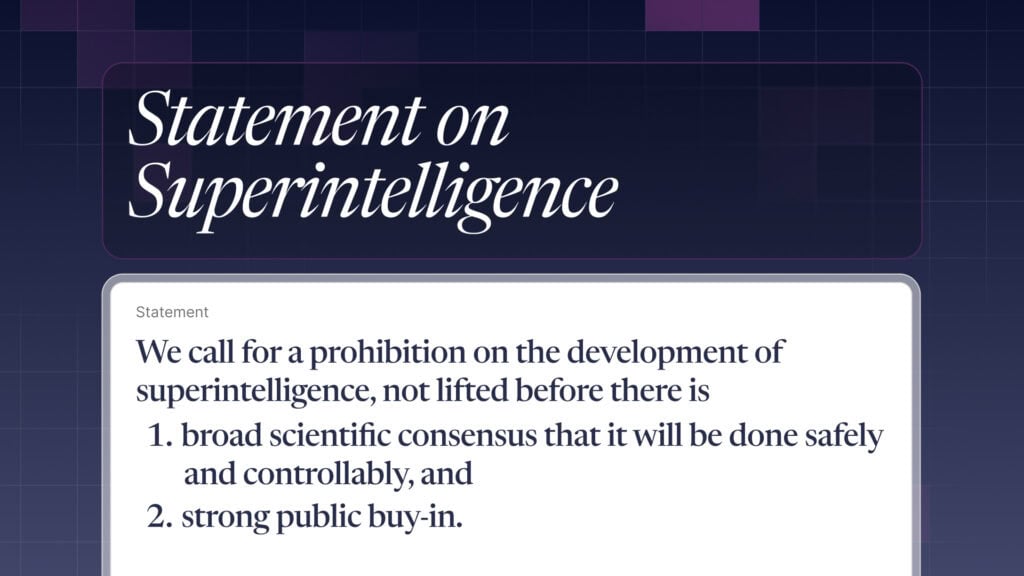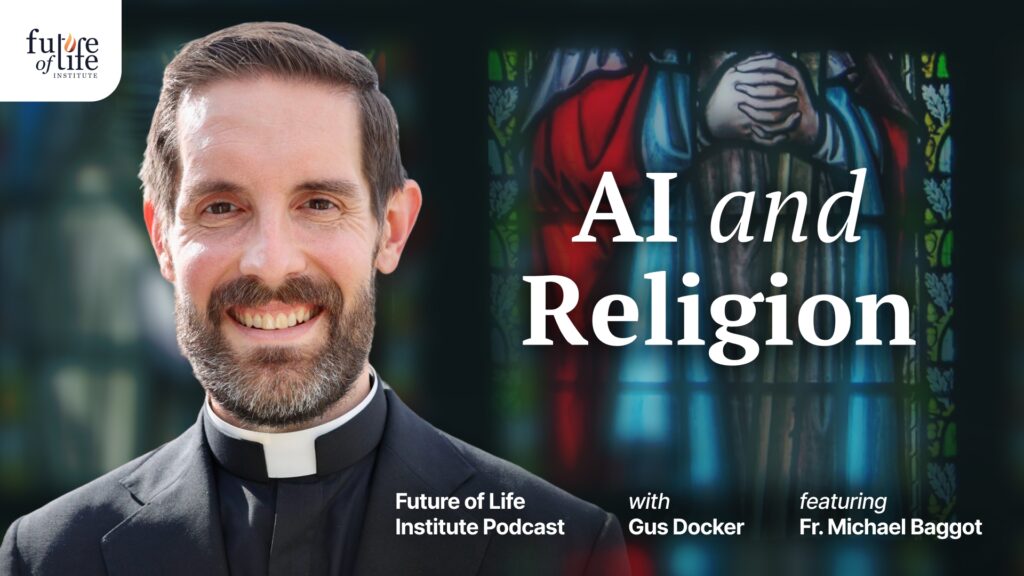The Future and the Artificial: An Islamic Perspective
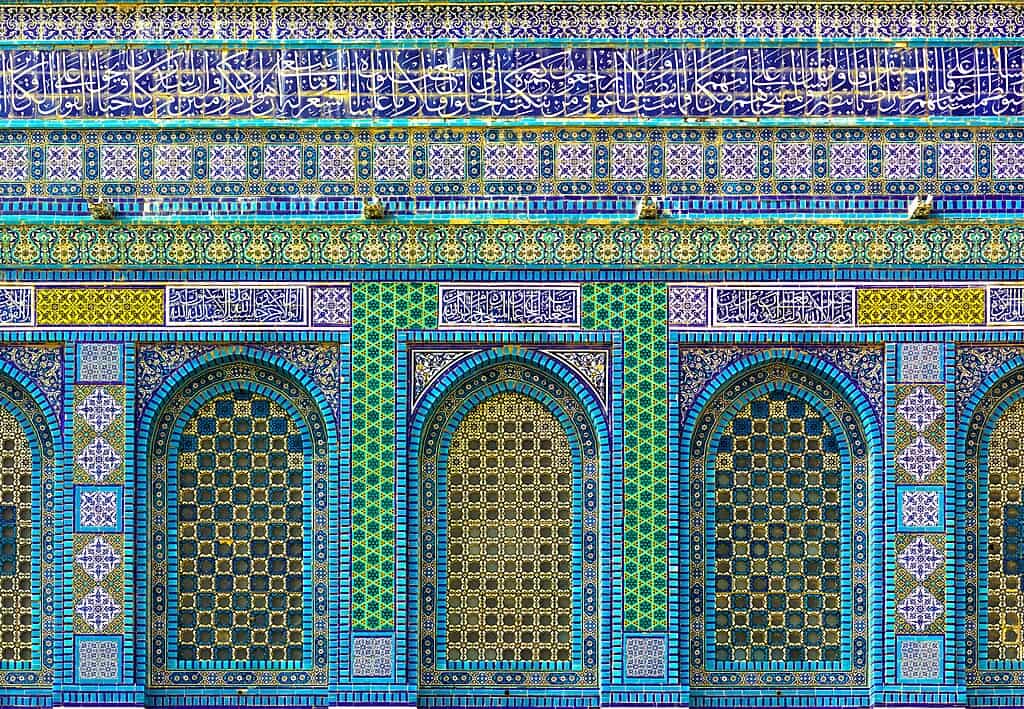
Yaqub Chaudhary is a Visiting Scholar at the Leverhulme Centre for the Future of Intelligence at the University of Cambridge.
At the time of writing, several leading AI companies have demonstrated new conversational agents that can generate intelligible fluent speech with a wide range of vocal styles. This alone marks the present moment as unprecedented in human history, since it is now possible for almost anyone to enter into a two-way dialogue with a non-human entity and reasonably expect intelligible responses, for as long as the AI system can maintain the illusion of having a mind. Yet, this is just one of dozens of areas that have advanced rapidly in less than half a decade because of research and development centred around the field of AI. Even if the performance of such AI systems and agents does not continue to improve according to the prognostications of the most enthusiastic (or fearful) proponents of superintelligence and artificial general intelligence (AGI), the rapid development and deployment of AI, and its insertion into more and more areas of society, is part of a comprehensive digital mediatisation of reality and digitalisation of the human condition that needs to be better understood. Ultimately, these achievements are problematically exaggerated to proclaim visions for the future of a paradisiacal world with AI on the grandest scale, both for the foreseeable future, and extending to the distant future of the cosmos.
An initial problem in addressing the question of a positive future in a world with ‘AI’ is that the term has become unclear and is deployed to describe a wide variety of computational system in ways that disguise its continuity with other ideologically laden technological projects. From one perspective, the mathematical and computational techniques that underlie certain technical applications of AI do provide effective ways to operationalise and optimise the use of computational resources. From another perspective, the techniques underlying AI may entail a mode of knowing and ordering the world that creates or accentuates asymmetries of power.
The wider challenge of addressing the question of a positive future in a world with AI is that it entails tacit acceptance of the imposition of AI as a foregone conclusion. The motto “Accelerate or Die,” has been adopted by a Silicon Valley subculture dedicated to the re-organisation of society through technological acceleration, which leaves the impression that humanity is being held hostage to the imposition of AI and all that is left is to negotiate the terms of the surrender. Presently, leading technology companies are expending tremendous resources to position conversational AI agents as digital “assistants” in every area of life, which should raise the question of whose interests and purposes AI “assistants” are designed to serve. The short history of contemporary AI provides numerous examples of how advances in AI are rapidly integrated in the computational infrastructures of corporate digital empires to provide new strategic ways to amplify the intentions of hidden actors, breach the sanctity of our minds, ensnare our attention, and twist our will toward the highest bidders. Solely affirmative responses to the inevitability of AI can thus serve to legitimise the machinations of power that operate through AI, as both a category of technical artefact that infiltrates our lives and a rhetorical device that infiltrates our discourse.
The scale and scope of the ambitions driving the development of substitute intelligence are epitomised by the BANG acronym, which signifies the re-assembly of the world through the convergence of bits, atoms, neurons, and genes, leading to an explosion of machine intelligence, consciousness, and life in the cosmos. It is in this context that AI is central to what may be described as a metaphysical research programme, in which the promises, themes, concepts and relations of religious worldviews that have been exiled from the despiritualised secular scientistic modern worldview, are re-instantiated in the form of new comprehensive narratives of the origin, past, present, and future of humanity, life, and the universe, in exclusively scientific terms.
Perspectives of Traditional Religions on Positive AI Futures
An introduction to our work to support the perspectives of traditional religions on human futures with AI.
According to Islamic teachings, guidance on the perennial questions about the nature of reality, and our purpose and destiny is communicated to messengers and prophets in the form of revelation. Revelation thus provides a source of knowledge beyond the material realm that is essential for our guidance, cosmic “situational awareness”, and spiritual “alignment” to God’s will and purpose for creation.
The Qur’an, which Muslims believe to be divine revelation from God to the Prophet Muhammad ﷺ for all humanity, contains numerous stories and parables that serve as instructive archetypical examples for reflection and guidance on the individual and collective journey to God. For example, events from the life of the Prophet Moses (Musa, in the Qur’an), who is distinguished as being the prophet to whom God spoke directly, are recounted throughout the Qur’an. One period in the life of Moses is particularly relevant to diagnose the spiritual condition of the present age of artificiality, simulation, and simulacra, in which our world is once again becoming enchanted and mystified by increasingly agentic AI systems.
In the Qur’anic narrative of Moses, the archetypal figure of Pharoah is identified as a tyrannical ruler, who divided and subjugated his people, organised society in the service of his immortality project, and ultimately claimed to be God himself. Within the Pharaonic system of power, the High Priests were the sorcerers, who wielded the illusion of being able to cast life into their staffs and ropes by appearing to transform them into living serpents and pythons. Such sorcery was enough to convince ancient people of the power of Pharoah and his chiefs, and uphold his oppressive regime. Today, AI researchers and engineers are in the position of the ancient sorcerers, extending their will expressed in code throughout the world from the command line, and imbuing computational artefacts with attributes and behaviours that confound clear distinctions between the human and the inhuman, the living and the lifeless, and the sentient and the insentient. According to Islamic teachings, the phenomenon of life belongs to God, as stated in the Qur’an, “Verily it is We who give Life and Death; and unto Us is the Final Goal,” (Qur’an, 50:43). In the end, it is the Divine Command that installs life into the staff of Moses and reveals the falsity of the sorcerers’ fabrications.
In both cases, of ancient sorcery and contemporary AI, there is a simulation of agency rendered into inanimate objects, and at the same time, a dissimulation of the existence of a contrivance of underlying methods and mechanisms, not simply by concealment, but by rendering the underlying apparatuses absent1. In the case of AI, it is the vast computational infrastructures that enable and sustain the systems, as well as globalised networks of surrogate2 human labour providing essential input for machine learning systems that are rendered absent. Such AI systems, which contain only hollow conceptions of intelligence and understanding, are wielded as powerful evidence to support the metaphysical claims of a megalomaniacal cosmology that assumes the cosmic burden of populating the cosmos with computational instantiations of “life”, which eliminate the essential distinction between the living and the dead. In the midst of this contrived ambiguity, the demagogues of AI are capitalising on exaggerated claims about the true nature of such systems to gradually deceive people for their own purposes, as they assimilate more of the physical world into an artificial world that is under the control of narrow interests and that is designed to suit the capacities and limitations of machines and software entities, rather than humans.
Another event in the life of Moses mentioned in the Qur’an illustrates a different signification of the artificial in relation to humanity. This is the well-known incident of the golden calf, taking place after the people of Moses had escaped the tyranny of Pharaoh. During this incident, as recounted in the Qur’an, there is also mention of a mysterious individual known as al-Samiri. While Moses was away in seclusion atop a mountain, al-Samiri convinced the people to create an effigy of a calf. He then claimed that God and Moses had abandoned them, and declared the calf to be their God and the God of Moses. Later, when Moses demanded an explanation for leading the people astray, al-Samiri vaingloriously claimed to have been hailed by some supernatural phenomenon that inspired him to create the model of the calf. This golden calf seemed to utter a lowing sound, which was enough for the people to blindly follow al-Samiri and take it as an idol, to the extent that the love of the calf was imbibed into their hearts.
In order to form the effigy of the calf, Al-Samiri convinced the people to melt down the gold valuables they were carrying, in effect destroying their cultural artefacts and heirlooms, based on the whims of a singular individual. Now, it is the cultural, artistic, and intellectual productions of humanity, the treasured artefacts of modern society, which are being de-materialised into undifferentiated amalgamations of tokens, and re-cast into the LLMs, foundation models, and generative AI systems costing billions of dollars to produce. Like al-Samiri and the people he led astray, the empty vocalisations and autonomous operations of these systems is leading to the veneration of the machine by those who have absorbed the fantasy of AGI into their hearts3 and those intoxicated by the allure of acceleration.
A positive future for a world with AI from an Islamic perspective is one in which the option to say no to the integration of AI in infrastructures, devices, products, services, institutions, and elsewhere, is preserved at individual and collective levels, without any disadvantage to those who refuse the total substitution of the artificial in the place of the natural, and the imposition of forms of AI that may be wielded as instruments of power or deified as idols to which everyone must submit.
Contact: m.yaqub.c@gmail.com
- Smith, W. (2015). Technologies of stage magic: Simulation and dissimulation. Social Studies of Science, 45(3), 319–343. ↩︎
- Atanasoski, N., & Vora, K. (2019). Surrogate Humanity: Race, Robots, and the Politics of Technological Futures. Duke University Press ↩︎
- Karen Hao and Charlie Warzel, ‘Inside the Chaos at OpenAI’, The Atlantic (blog), 20 November 2023 ↩︎
About the Future of Life Institute
The Future of Life Institute (FLI) is a global think tank with a team of 20+ full-time staff operating across the US and Europe. FLI has been working to steer the development of transformative technologies towards benefitting life and away from extreme large-scale risks since its founding in 2014. Find out more about our mission or explore our work.
Related content
Other posts about Guest post, Philosophy, Religion
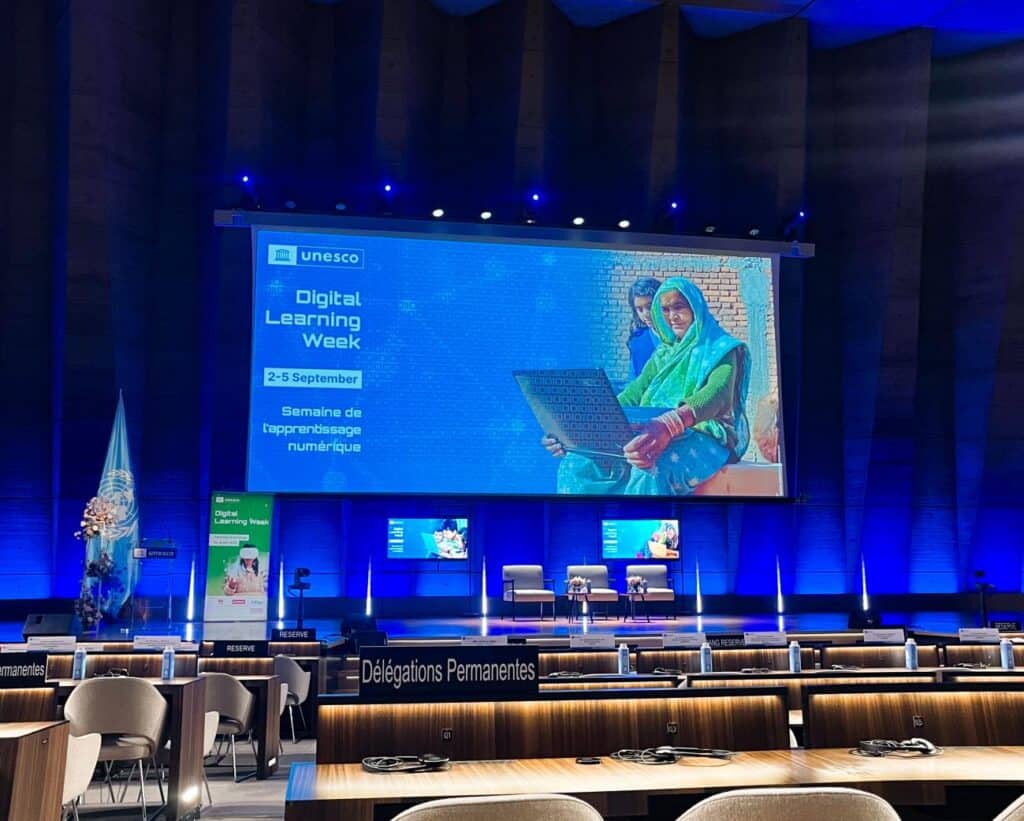
The Impact of AI in Education: Navigating the Imminent Future
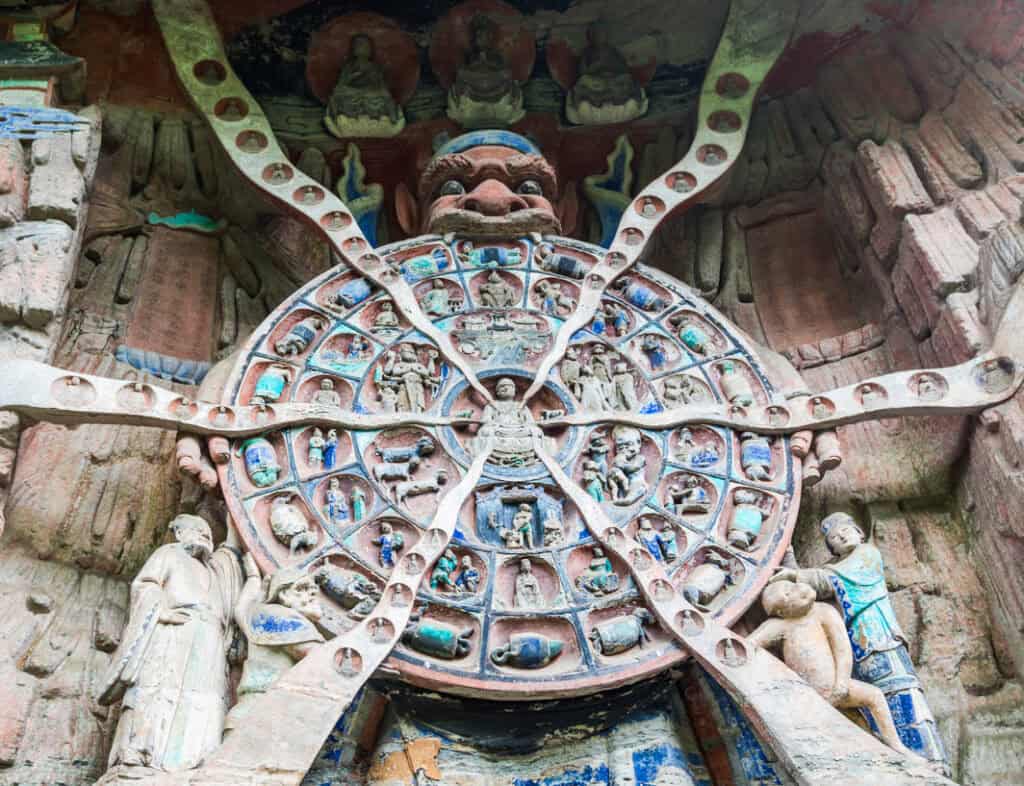
A Buddhist Perspective on AI: Cultivating freedom of attention and true diversity in an AI future
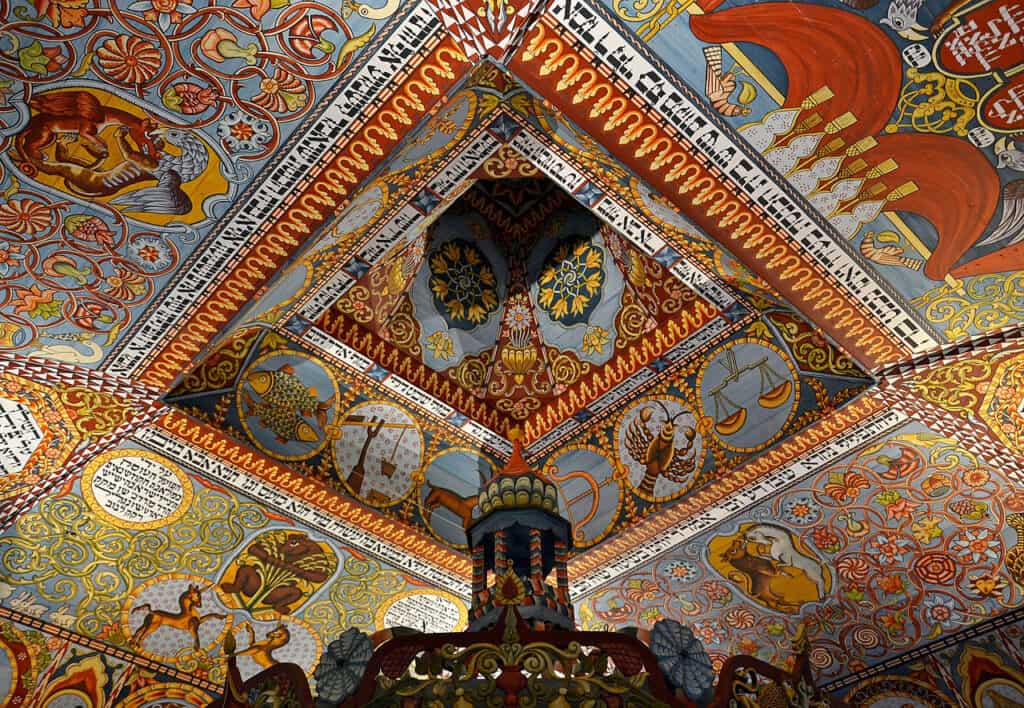
On AI, Jewish Thought Has Something Distinct to Say
Some of our Futures projects
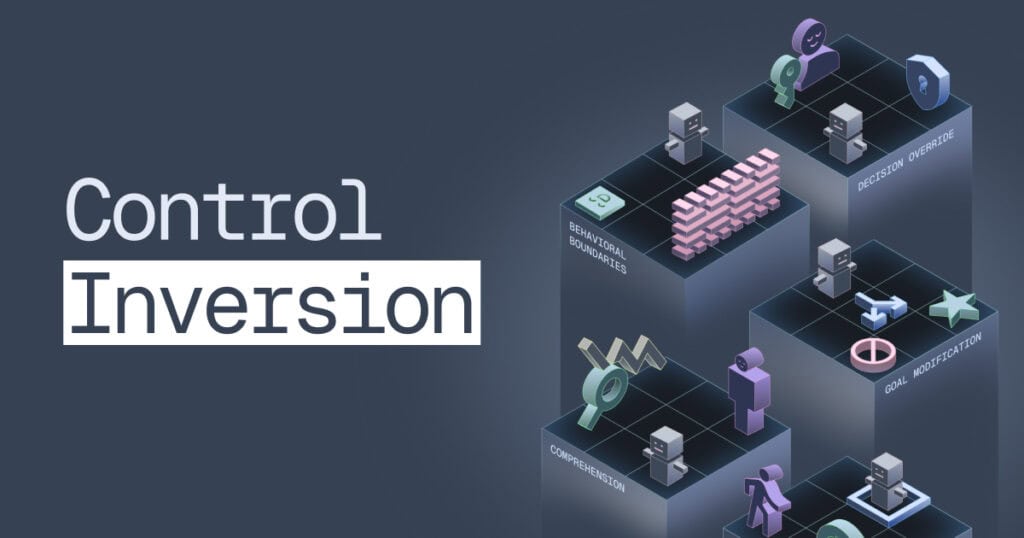
Control Inversion
